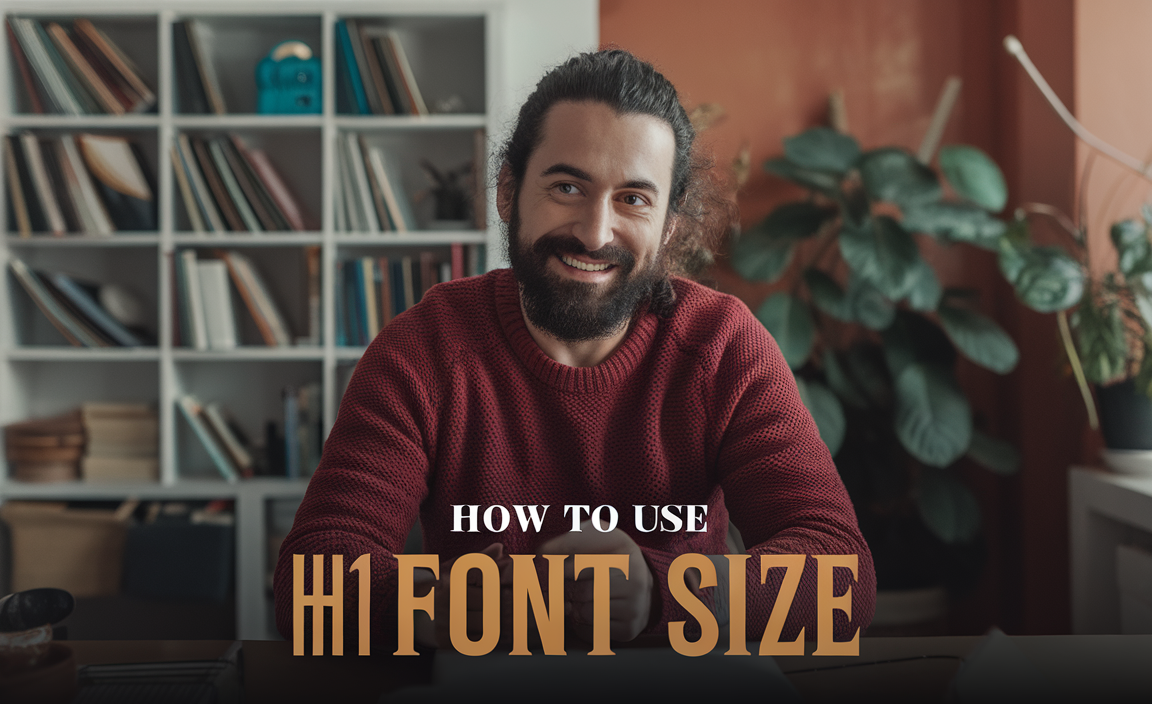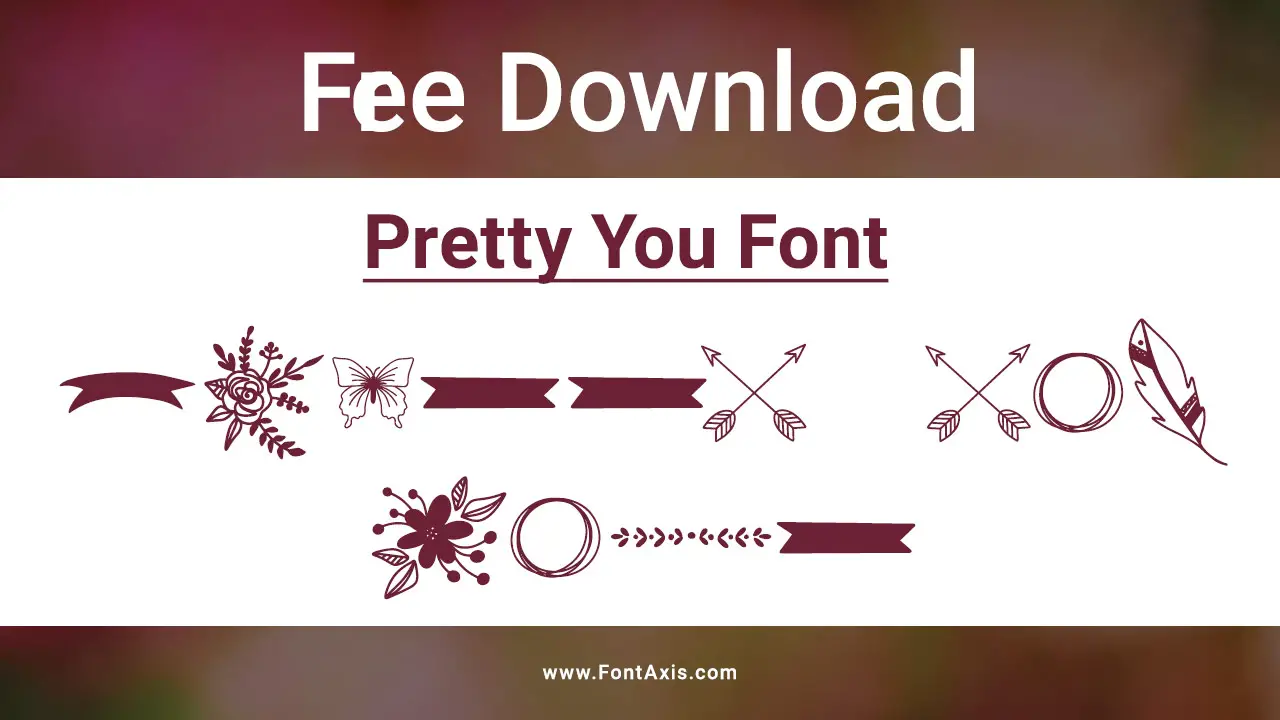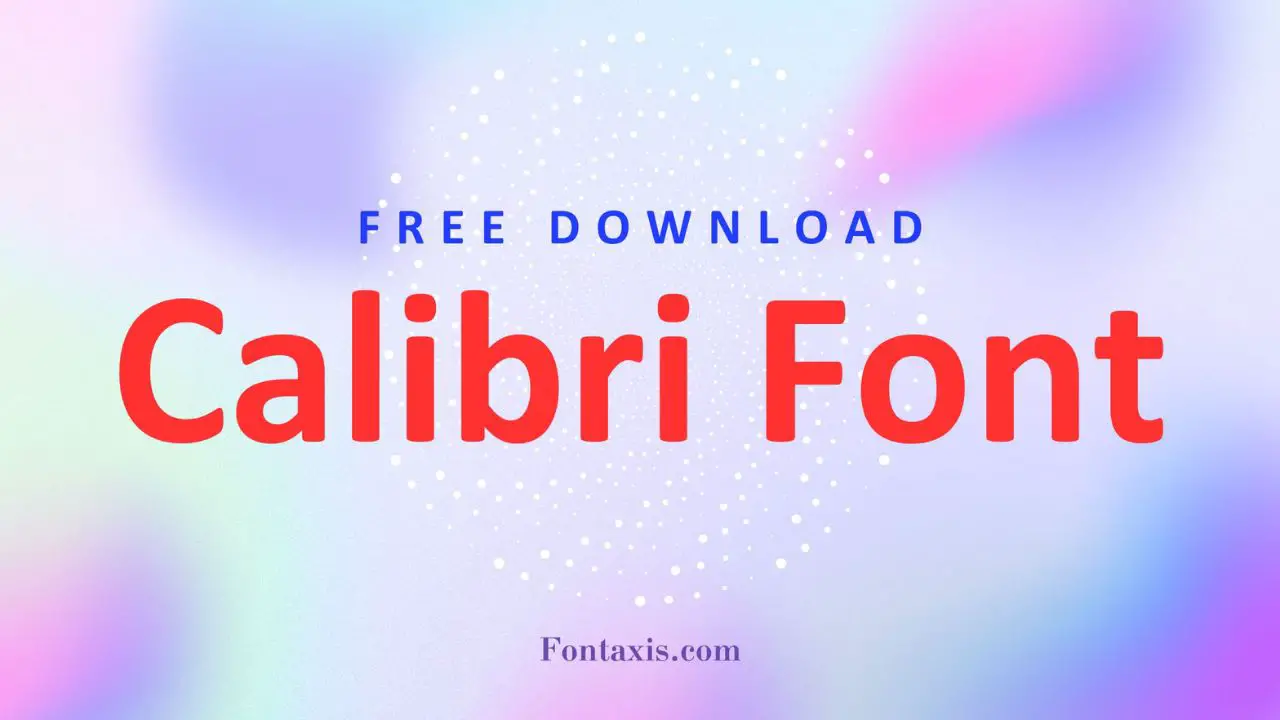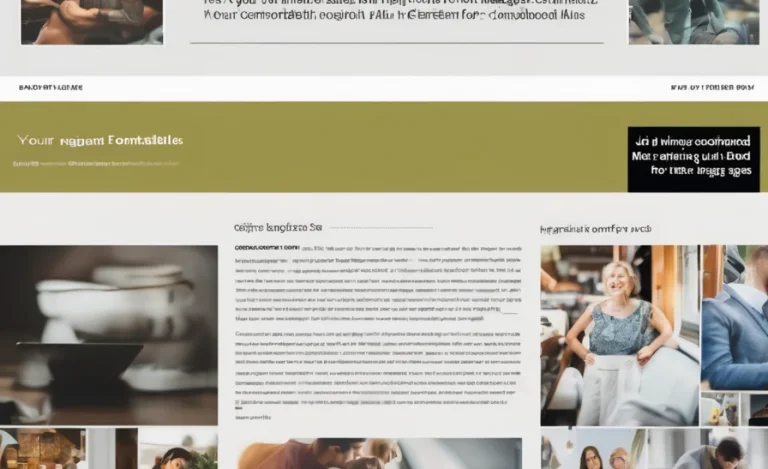In web design, the H1 tag is one of the most critical elements. It defines the most prominent heading on a webpage, setting the tone for content hierarchy and improving accessibility and search engine optimization (SEO). Let’s dive into the details of how to effectively use the H1 font size, customize its appearance, and adapt it for various devices.

What are Responsive H1 Font Sizes?
Understanding H1 font size ensures proper hierarchy, readability, and accessibility on your website. It helps emphasize key topics and improves both user experience and SEO, as search engines prioritize H1 tags to understand page content.
The H1 tag represents the top-level heading in HTML. It is essential for organizing content structure and visually distinguishing sections of a webpage. By default:
- The H1 font size is larger than other heading tags like H2 or H3 tags.
- Browsers typically set the default size for H1 elements to 2em, 32px, or 150% of the base font size.
Setting Custom H1 Font Sizes with CSS

You can use CSS code to adjust the font size of your H1 tag according to your design preferences. Google does not specifically penalize websites for hiding H1 tags, but if it appears deceptive or manipulative (e.g., hiding irrelevant or keyword-stuffed content), it may affect your rankings. Use CSS properties like display: none sparingly and ensure hidden content aligns with user experience and intent.
Here’s a simple example of how to style an H1 element:
Custom CSS Properties for H1
- Font size: Adjust the size using values like
px,em,rem, or percentages. - Font weight: Modify the boldness with values like
normal,bold, or numeric weights (e.g.,400,700). - Line height: Control the vertical spacing between lines in multi-line headings.
Using Additional CSS for Flexible Design
For more flexibility, consider creating reusable CSS classes. This approach simplifies consistent styling for H1 tags across your site.
Then, apply the class to your H1 element:
Responsive H1 Font Sizes
Modern web design demands that headings look great on all devices. Responsive font sizes ensure your H1 tag scales appropriately for different viewport sizes.
CSS Example for Responsive H1 Sizes
Here, 6vw adjusts the font size based on the viewport width, making it larger on bigger screens and smaller on mobile devices.
Using Media Queries
For more precise control, use media queries to define specific sizes for different screen sizes:
Typography Best Practices for H1 Font Size
- Maintain Readability: Ensure the font size is large enough to grab attention but not overwhelm the design.
- Choose the Right Font Family: Use modern fonts like Sans Serif or Serif for professional appearances.
- Base Font Size: Set a base font size for the body text (e.g.,
16px) and scale headings relative to it usingemorrem. - Line Height and Spacing: Maintain a balanced line height (e.g.,
1.2to1.5) for readability.
H1 vs. Other Heading Tags (H2, H3)
Each heading tag serves a unique purpose:
- H1: Primary heading for the main title.
- H2: Secondary headings, such as subtopics.
- H3 and below: Used for further subsections or minor content.
Default browser sizes typically reduce the font size as the heading level increases:
- H1: 2em (32px)
- H2: 1.5em (24px)
- H3: 1.17em (18.72px)
Inline and Custom Styles
For quick adjustments, you can use inline styles, though it’s not recommended for maintaining scalable and reusable code.
Conclusion
Mastering the use of H1 font size is essential for creating visually appealing and accessible web designs. From setting custom font sizes using CSS to implementing responsive typography, understanding these techniques will enhance your website’s readability and user experience. Explore the power of heading tags, font families, and modern typography to craft compelling designs that stand out.
FAQs
1. What is the default size for an H1 tag?
The default H1 font size is typically 32px (2em), though it may vary slightly depending on the browser.
2. How do I set a custom font size for my H1 tag?
You can set a custom size using CSS:
3. Can I make H1 responsive?
Yes, use relative units like vw or media queries to ensure the H1 size adapts to different devices.
4. Should I use inline styles for H1 font size?
Avoid inline styles for maintainability and scalability. Use CSS files or classes instead.
5. How does font weight affect H1 tags?
Font weight determines the boldness of text. For H1, bold or 700 is commonly used for visual prominence.
6. What is the CSS code for giving a bit more space between the headline and the standard text?
To add more space between a headline and the standard text, use the margin or padding properties in CSS. For example:
7. How can you maintain legibility when using H1 font size in various design elements?
To maintain legibility, use proper line height (line-height), avoid excessive letter spacing, and ensure color contrast with the background. Responsive font sizing via relative units like em or rem ensures readability across devices.
8. What are the limitations of using H1 font size in certain contexts?
H1 font size may become problematic in mobile or small-screen layouts, where oversized headings can disrupt the design. Additionally, improper use in non-header roles or excessive emphasis can confuse users and impact SEO.












